What Is a Sling? A Comprehensive Guide
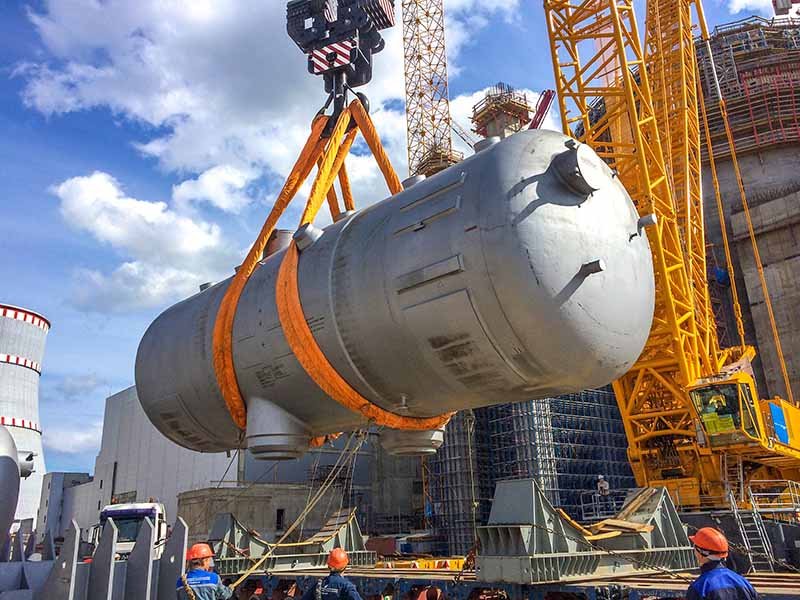
In the world of lifting, rigging, and load handling, the humble sling plays a starring role—often hidden in plain sight. Imagine moving a 2‑ton engine block across a factory floor or hoisting heavy steel beams to the third floor of a construction site. It’s not brute human strength that gets the job done; it’s the right sling paired with expert technique.
What Is The Best Nylon Watch Strap: An Expert Guide

Choosing the perfect watch strap can transform an everyday timepiece into a signature accessory. Among the myriad options, nylon watch straps have surged in popularity for their blend of affordability, versatility, and resilience. Whether you’re a fitness enthusiast, a frequent traveler, or simply someone who values both comfort and style, nylon straps offer unique advantages over leather and metal alternatives.
What Are the Different Types of Slings and How Do You Choose the Right One?
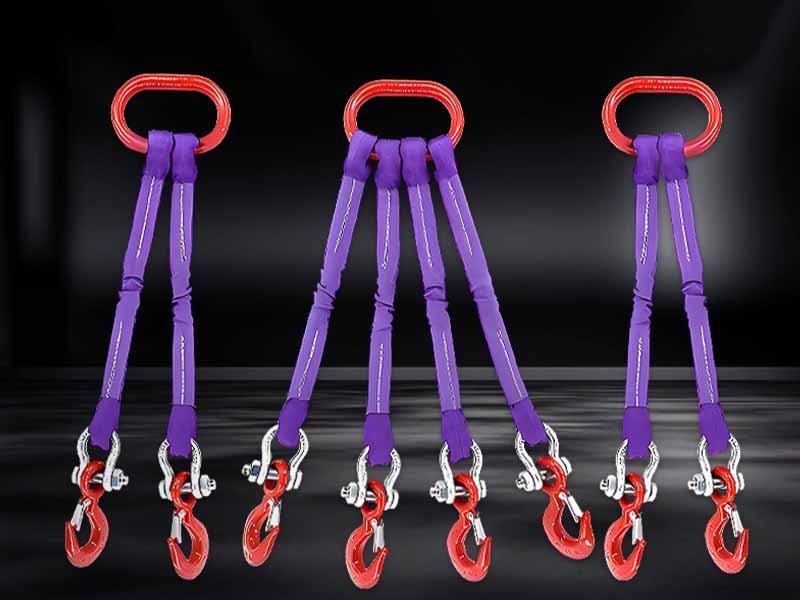
Modern lifting operations demand the right sling for safety, efficiency, and cost‑effectiveness. From rugged alloy‑steel chain slings powering heavy lifting in steel mills to ultra‑gentle polyester web slings handling delicate glass panels, each sling type brings unique benefits and trade‑offs. Whether you’re hoisting machinery across a dusty construction site or carefully positioning precision‑machined parts in a factory, understanding sling construction, load capacity, inspection practices, and environmental sensitivities is critical.
What Are the Different Types of Lifting Straps and Which One Matches Your Training Goals?
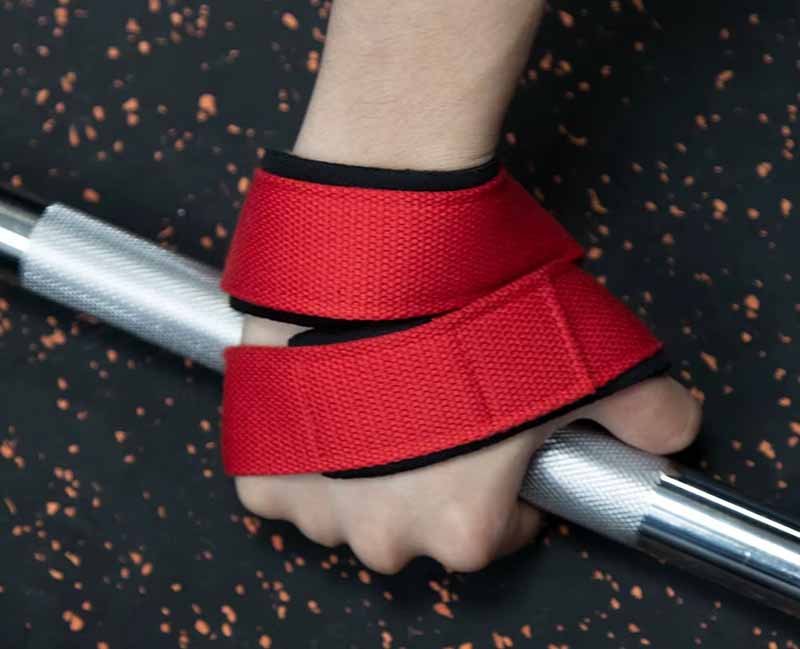
When it comes to maximizing your grip strength and protecting your wrists during heavy pulls, the right lifting straps can make all the difference. From cotton loop straps favored by beginners to competition‑grade figure‑8 designs used by powerlifters, the market is flooded with options—each promising better performance, durability, and comfort. But with so many materials, shapes, and features to choose from, how do you know which strap aligns with your training style and goals?
How Is Nylon Webbing Made? A Complete Manufacturing Process Explained
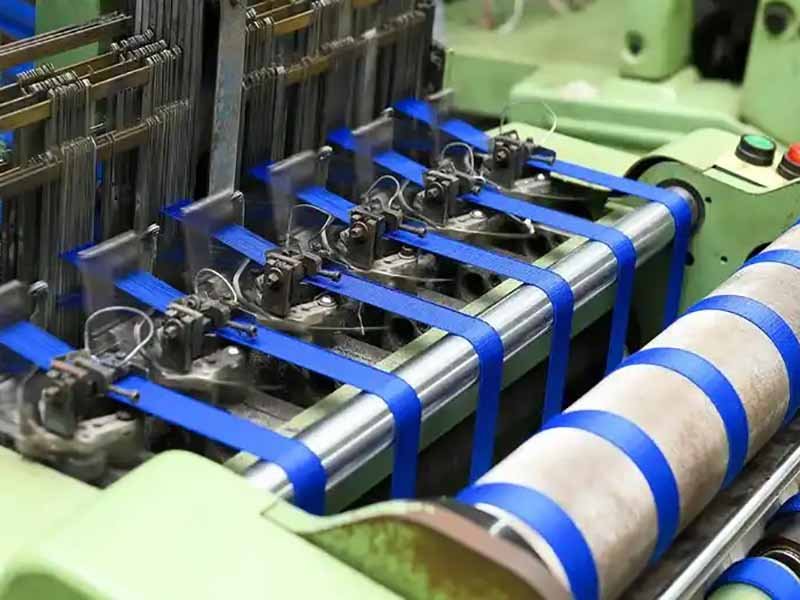
Nylon webbing is manufactured by extruding nylon pellets into filaments, spinning and texturizing yarns, weaving them into specific patterns (plain, twill, jacquard), heat‑setting for dimensional stability, dyeing or printing for color, and applying functional coatings like PU or reflective finishes, followed by rigorous quality tests for strength and colorfastness.
The 15 Best Strap Manufacturers in the World: Which Ones Lead the Market?
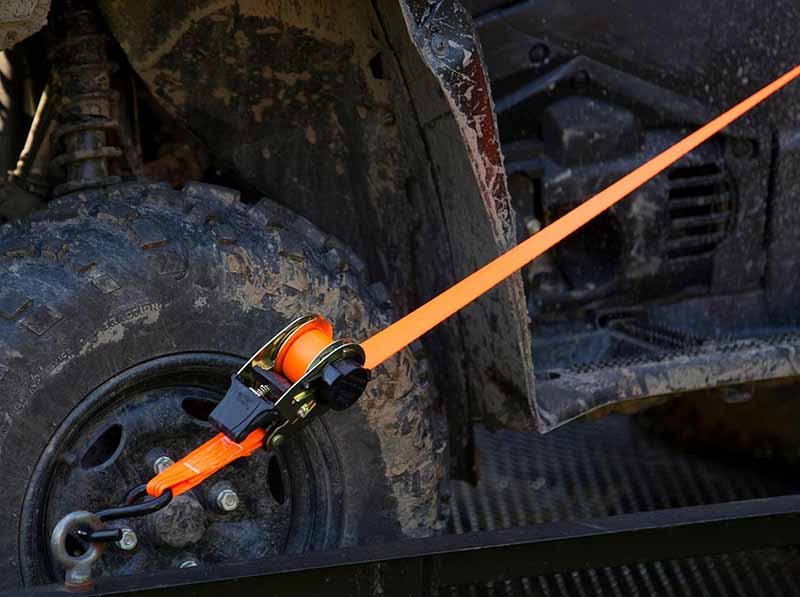
In today’s rapidly evolving manufacturing landscape, selecting the right strap supplier can make or break your product’s performance and time to market. From rugged lifting slings that bear thousands of kilograms to elegant handbag straps that define luxury, the global marketplace is flooded with options—yet only a select few deliver on quality, reliability, and customization. Whether you’re an OEM specifying seatbelts, a boutique brand designing jacquard-woven straps, or a wellness company sourcing antimicrobial bands, understanding who truly leads the industry is critical.
15 Best Lifting Straps Manufacturers of 2025: The Ultimate Guide
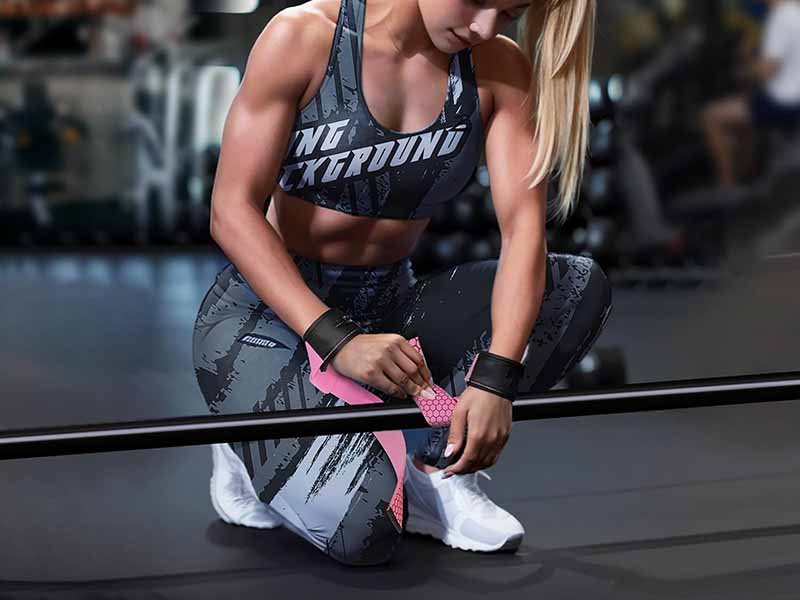
In today’s competitive strength-training market, choosing the right lifting straps can make or break your performance—and your safety. From seasoned powerlifters chasing new personal records to gym owners sourcing durable accessories for their members, the quest for “Which manufacturer offers the highest quality, best customization, and most reliable lead times?” is universal.
How Do Seatbelt Work: The Ultimate Guide
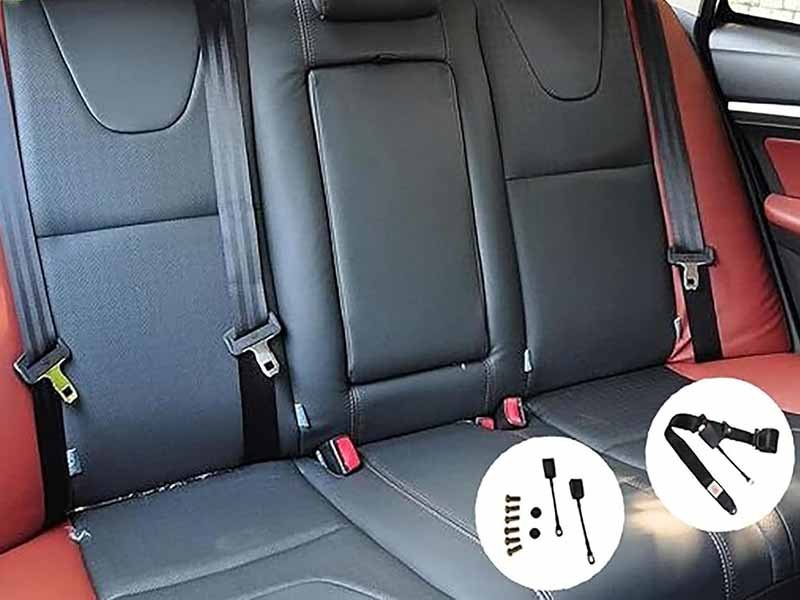
When you buckle up, you trust a strip of woven fabric—seatbelt webbing—to restrain you in a split-second collision. Yet behind that simple belt lies decades of engineering, materials science, and crash-test rigor. From the first generation of heavy, non-stretch straps to today’s high-performance nylon and polyester weaves, seatbelt webbing has evolved to become thinner, stronger, and smarter.
Automated vs Manual Webbing Cutting: What Are the Pros, Cons, and Best Practices?
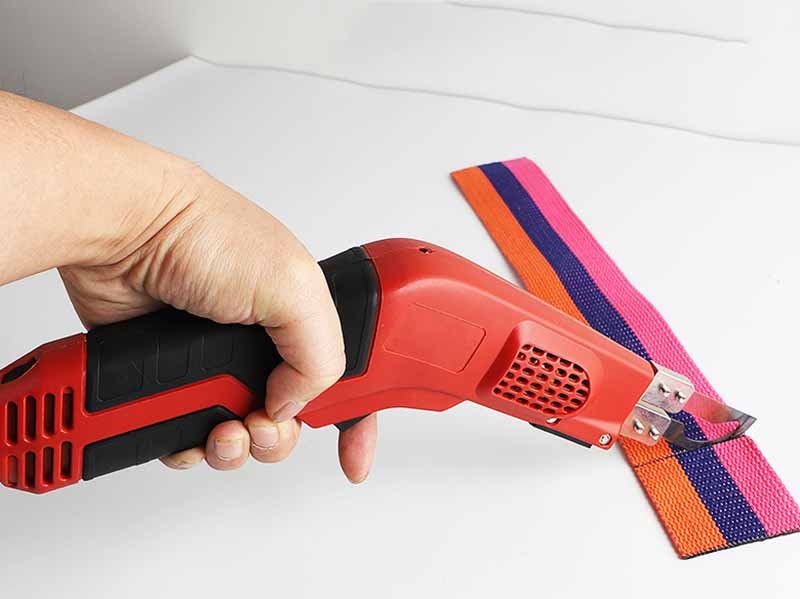
Webbing is the unsung hero of countless industrial and consumer products—from backpack straps and safety harnesses to pet leashes and cargo tie-downs. Choosing the right cutting method directly impacts product quality, production speed, and overall cost. In this exploration of automated vs manual webbing cutting, we’ll unpack the strengths and weaknesses of each approach, reveal critical decision-making factors, and share actionable best practices gleaned from over 18 years of Szoneier’s webbing R&D and manufacturing expertise.
How to Choose the Best Tie Down Webbing Materials
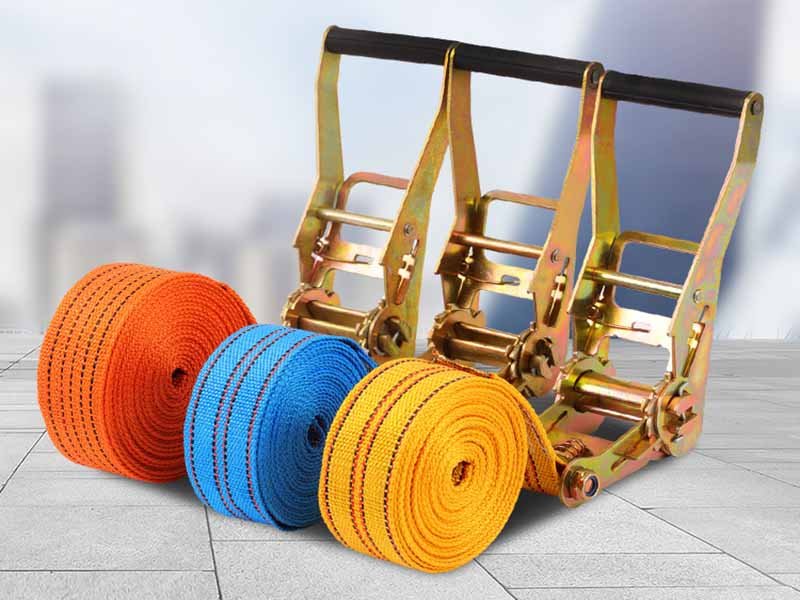
In the world of cargo securing, the right choice of tie down webbing material can mean the difference between a safe delivery and a costly disaster. Whether you’re hauling heavy machinery, securing outdoor gear, or shipping delicate components, your webbing must balance tensile strength, abrasion resistance, UV stability, and flexibility—all while fitting within budget constraints. Choosing poorly can lead to frayed straps, lost loads, and reputational damage.
High-Temperature Resistant Webbing: Which Materials Excel for Industrial and Firefighting Gear?
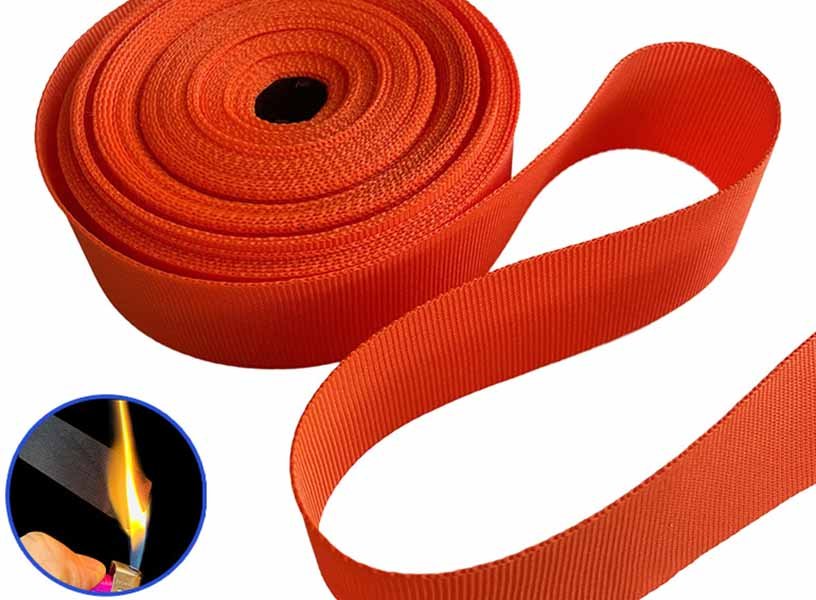
In environments where every degree counts—molten metal foundries, power-plant boilers, and smoke-filled fire zones—the humble webbing strap becomes a frontline hero. Imagine a crane operator hoisting glowing steel plates, or a firefighter descending a burning building on a rescue ladder. What holds firm under such extremes isn’t luck; it’s the specialized heat-resistant webbing designed to withstand temperatures from 150 °C up to 500 °C and beyond, without losing tensile strength or flexibility.
How to Wear Safety Belt: A Step-by-Step Guide for Maximum Protection
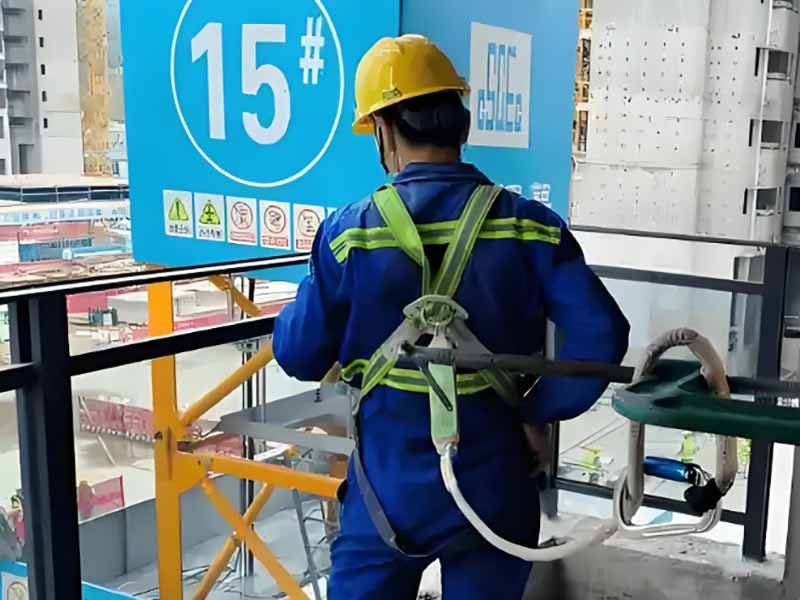
Wearing a safety belt might seem like second nature—after all, most of us buckle up without a second thought. But did you know that more than 50% of belt failures during industrial falls are due to improper fit or incorrect threading? It’s not enough to simply clip in; the way you don and adjust your belt directly impacts your comfort, confidence, and, most critically, your safety. From construction sites to climbing gyms, mastering the art of belt use can be the difference between a routine day and a life-changing accident.

